 ฎ
ฎ
The Kei Island Blue Tongued Skink (T. gigas keyensis Oudemans, 1894) *
The Kei Island is capable of having an impressive array of striking color patterns
The Kei Island blue tongue is an arcane species that derives from a remote area called the Kei Islands. The main color is usually acknowledged as being green, with brown or black stripes & splotching, but there are many varying colors. Yellow with reds & oranges are sometimes seen, as with the phenomenal coloration on the below specimen. Colors can also be shades of sea green, jungle green, and some are so splotchy, they look as if they were made for camouflage. The Kei Island is somewhat similar to the Indonesian (as it is its sub-species). The Kei's are
much more robust compared to Indonesians in that they are more powerfully built, more vigorous, and more active. The
main contrariety is their total contrast in color. The Indonesians have very
distinct banding, whereas the Kei Islands have faded and spotted bands. The Indonesians also can have
red bellies while the Kei Islands have orange or even white bellies. The Kei however does
have the same pattern on their sides no matter what color they are.
This photo shows it well. The Indonesian lacks this pattern. The Kei Island's head is also particularly unique, in that it often looks like an extension of the body. Instead of their nose coming to a gradual point, the Kei has a nose that comes to an abrupt point. They have a very 'short face' if you will. While just a short year ago these animals were highly priced & highly sought after, the demand on them has recently taken a nose-dive as more, and more, and more were imported into the country. Instead of the usual $1000+ per pair that we were seeing, you can now find the Kei Island at reptile shows for $100-300 each. They will most definitely be wild caughts as well, as successful captive breeding has only taken place once to my knowledge. I'm sure we'll see an influx of captive breeding in the coming years. One other interesting point...the Kei Island being an Indonesian subspecies, it's actually not unheard of to find one of these guys in a pet store. Indonesia is where wild blue tongues are exported, and then sold to pet shops in the states. So, when you think about it, it wouldn't be that unlikey to come across one. One last note; Kei Island babies do not display adult colors. If you saw one, it would look like an ordinary Indonesian. They start developing their colors at around 1-3 months. See picture. Here is a picture of a 6 month old baby. You can really see the colors starting to develop already, and then finally, compare with adult specimens below.
* This subspecies was originally spelled "keyensis" as the islands were called the "Key Islands" in 1894. The subspecies was renamed to "keienses" (Roux) in 1910 because by that time the islands were commonly spelled "Kei". Although spelled both ways today, most experts feel that the original spelling, keyensis, should be retained.
Distinguishing marks:
Typically displays olive to lime green coloration intertwined with browns and reds
Short stubby head
Tip of nose almost always white
See features of the IndonesianThe Kei Island is an island variant of the Indonesian that carries its own subspecies
Extensive Reading Thanks to James Wilson
Information about the Kei Islands
Map of the Kei Islands
Detailed map of the Kei Islands
Click to enlarge

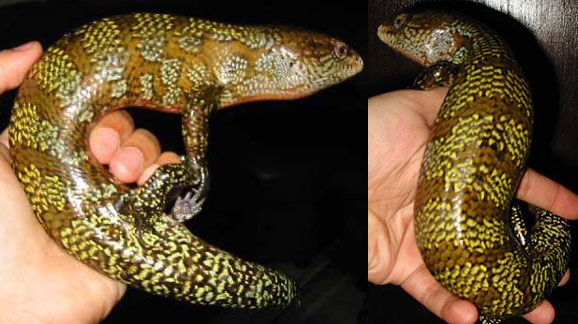
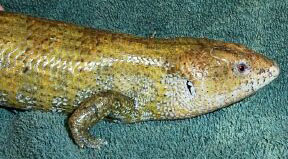 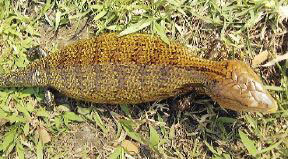
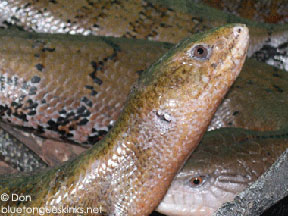 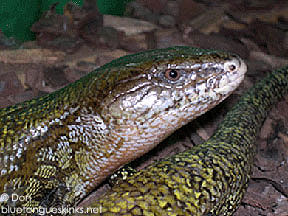
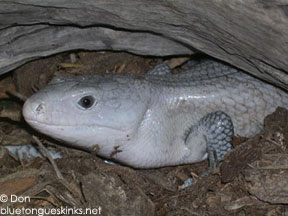 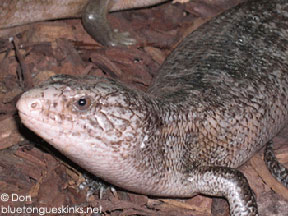
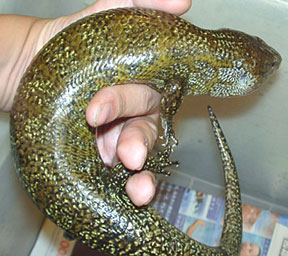 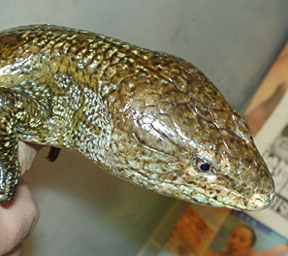
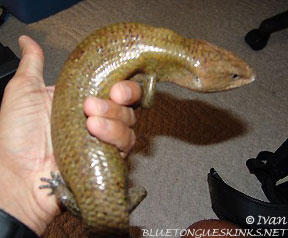 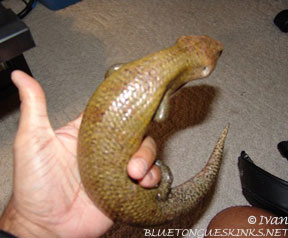
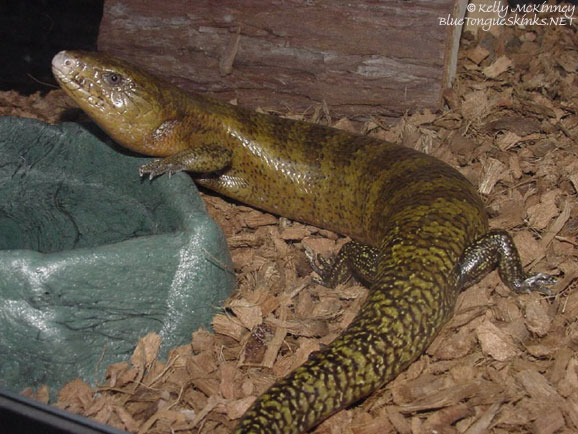
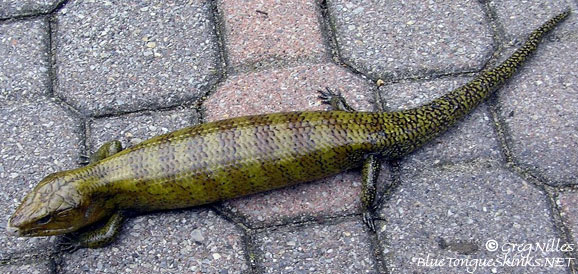
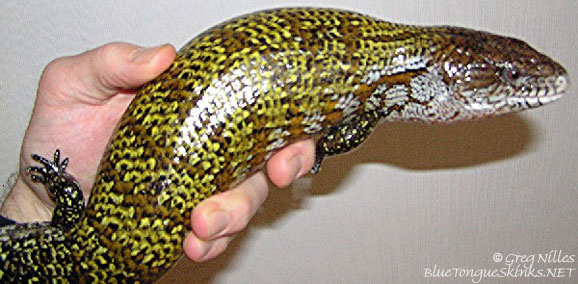
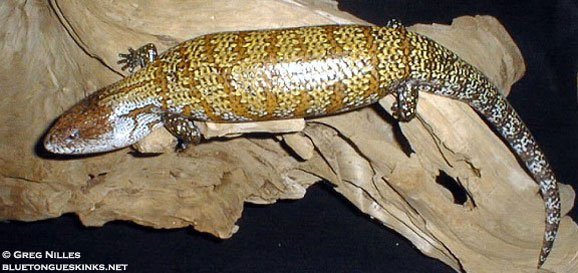
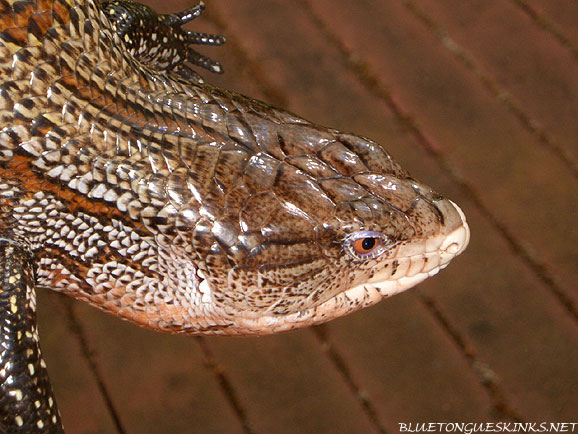
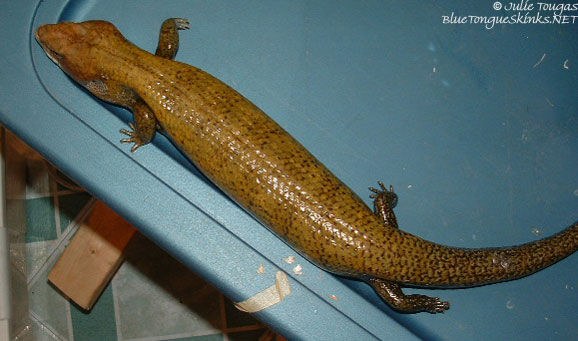
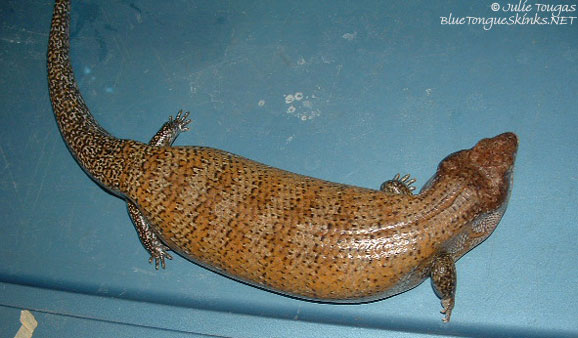
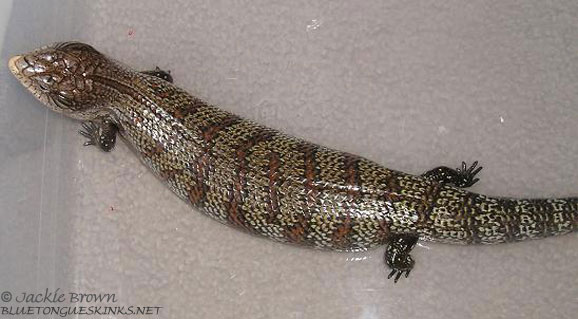
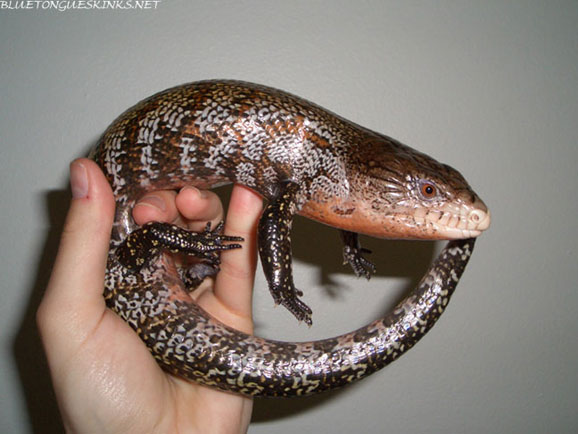
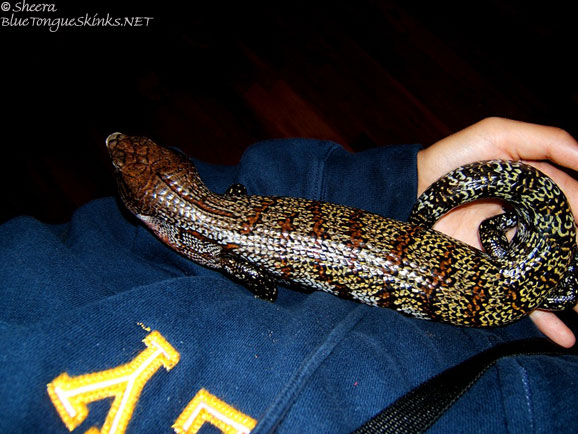
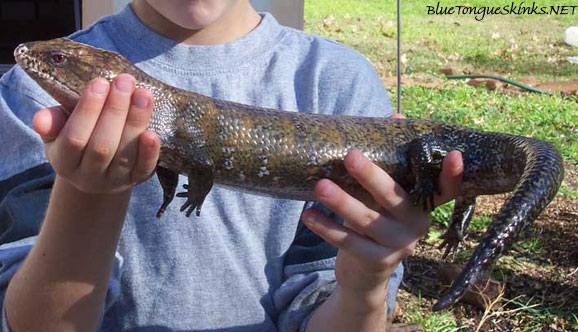
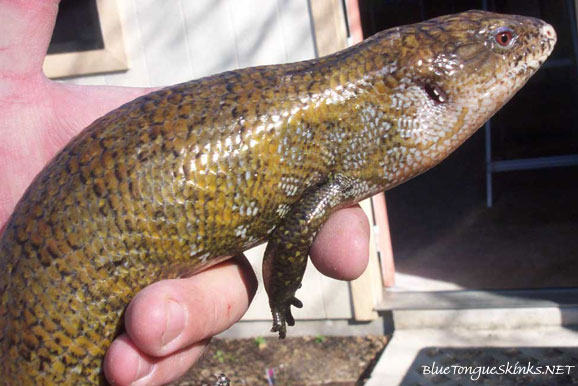
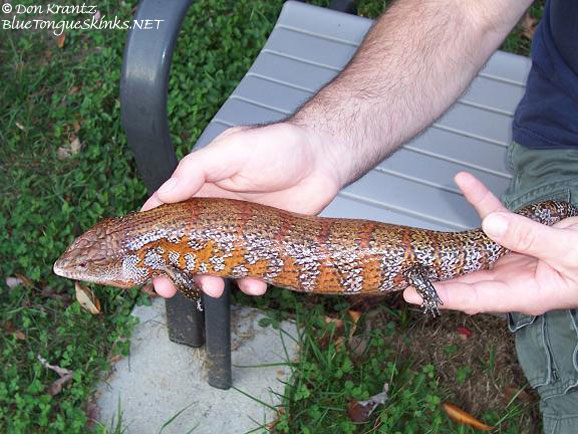
Larat Island Blue Tongued Skink?
Many of you may have heard of a so called Larat Island blue tongue skink, but it is nothing but a normal Indonesian blue tongue. They also do not carry their own subspecies, meaning they are not recognized as their own blue tongue breed. They are simply Tiliqua gigas gigas, better known as the Indonesian blue tongued skink. See if you can see the differences between the below Indonesian pictures, and the above Kei Island pictures. These animals are from a completely different area than the Kei, but have a similar green color. Can you tell which is which below?
Note: Both the Larat & Kei Islands are located southwest of Irian Jaya.

Here is a direct comparison Click to enlarge
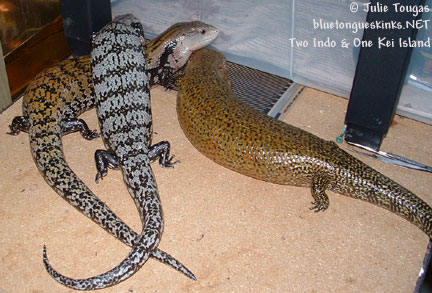
Kei Island babies
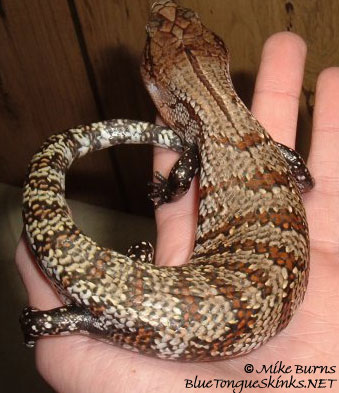
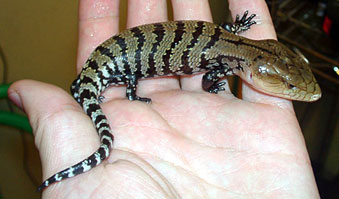
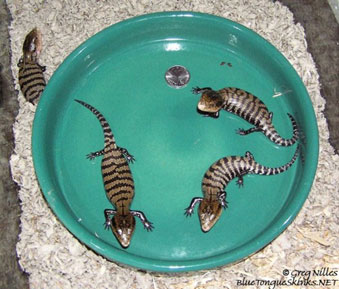
|
|
|
|
 ฎ
ฎ
 ฎ
ฎ